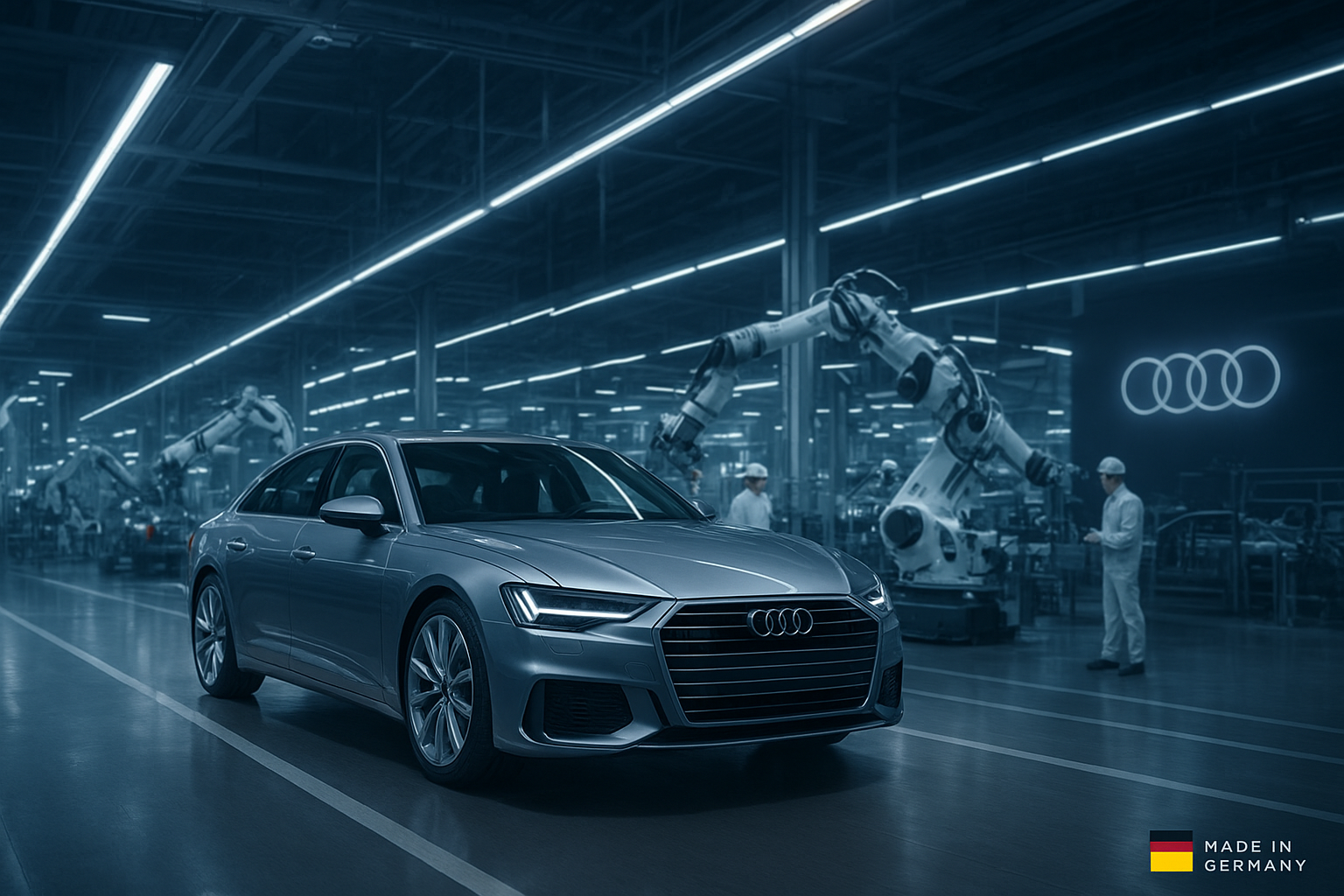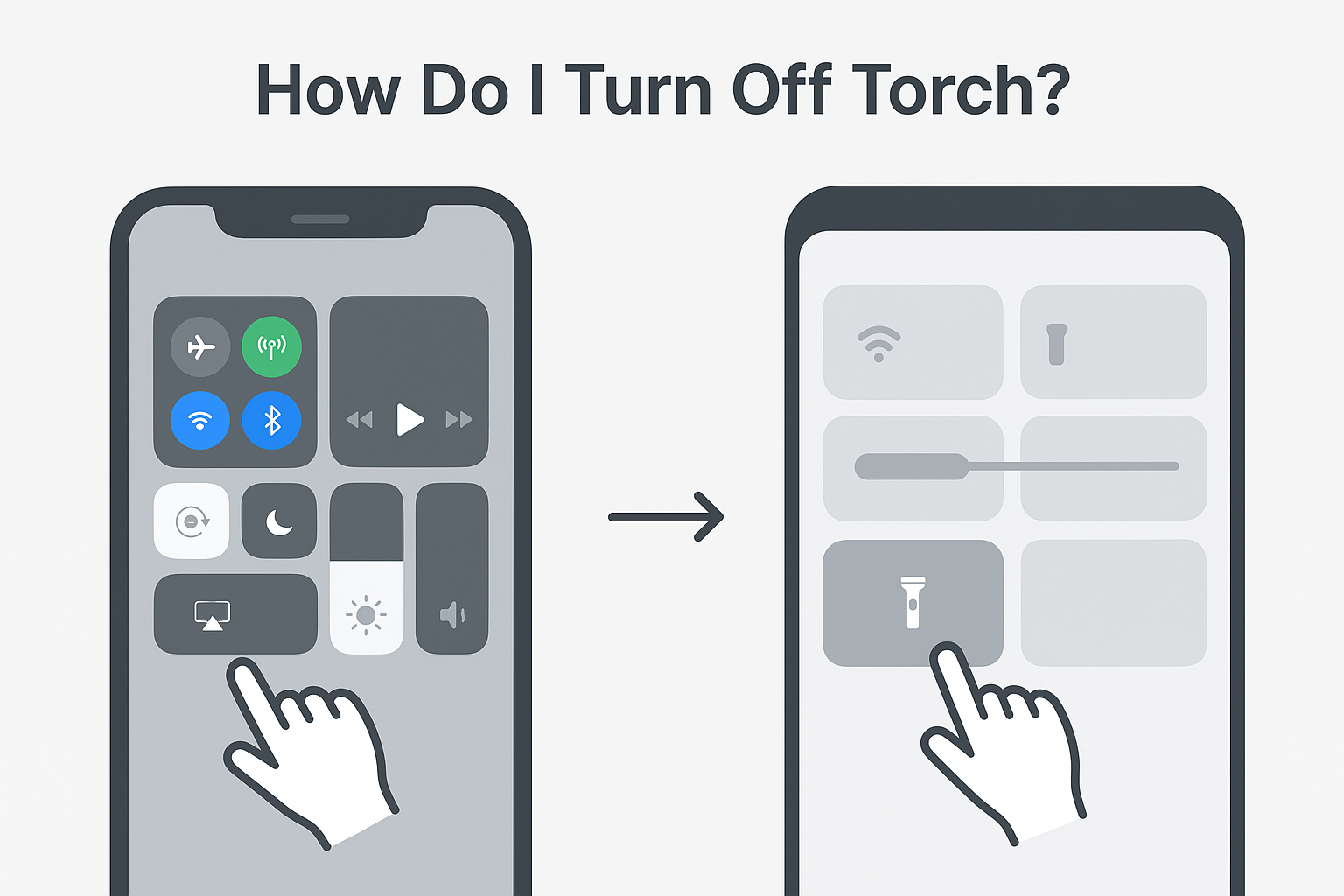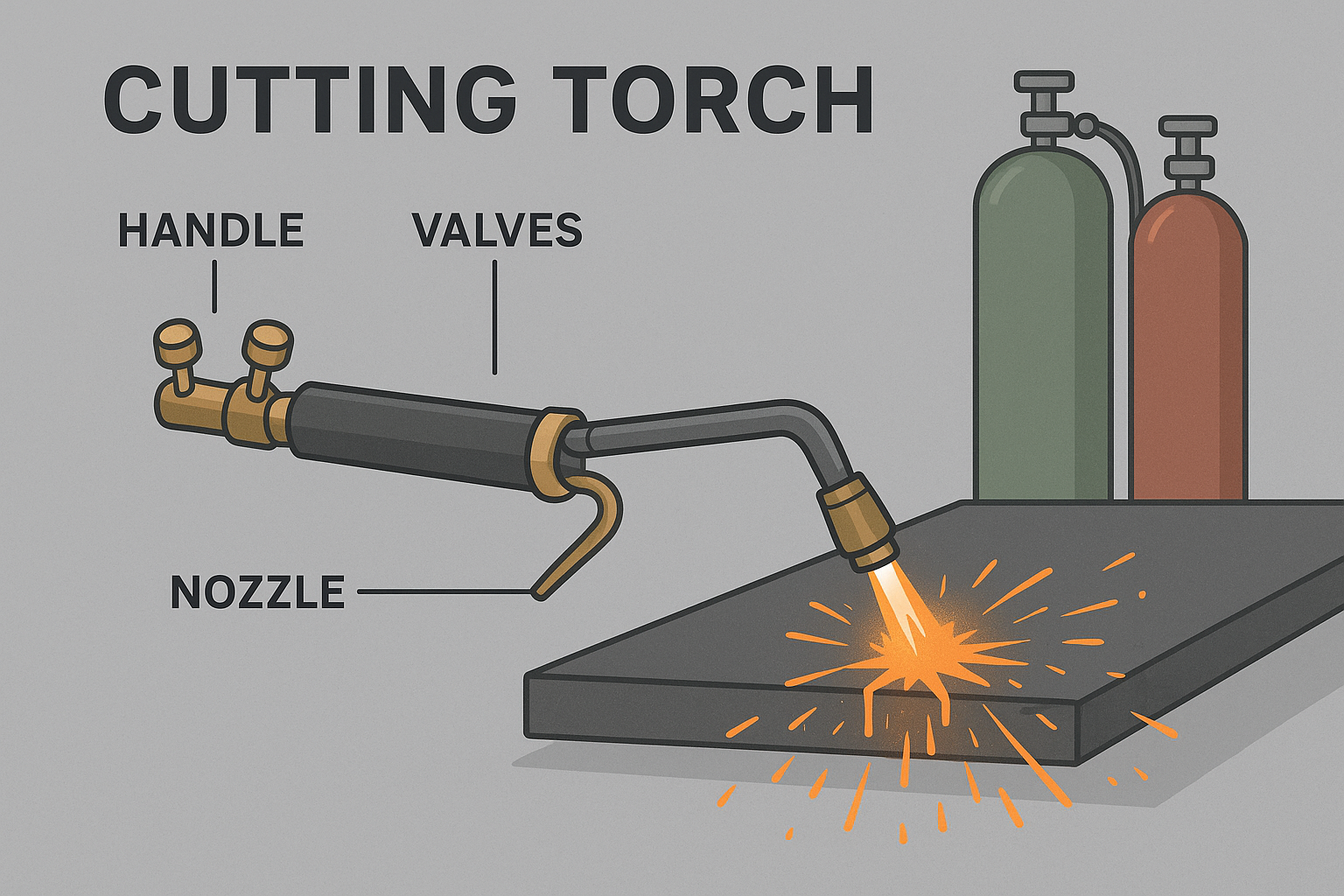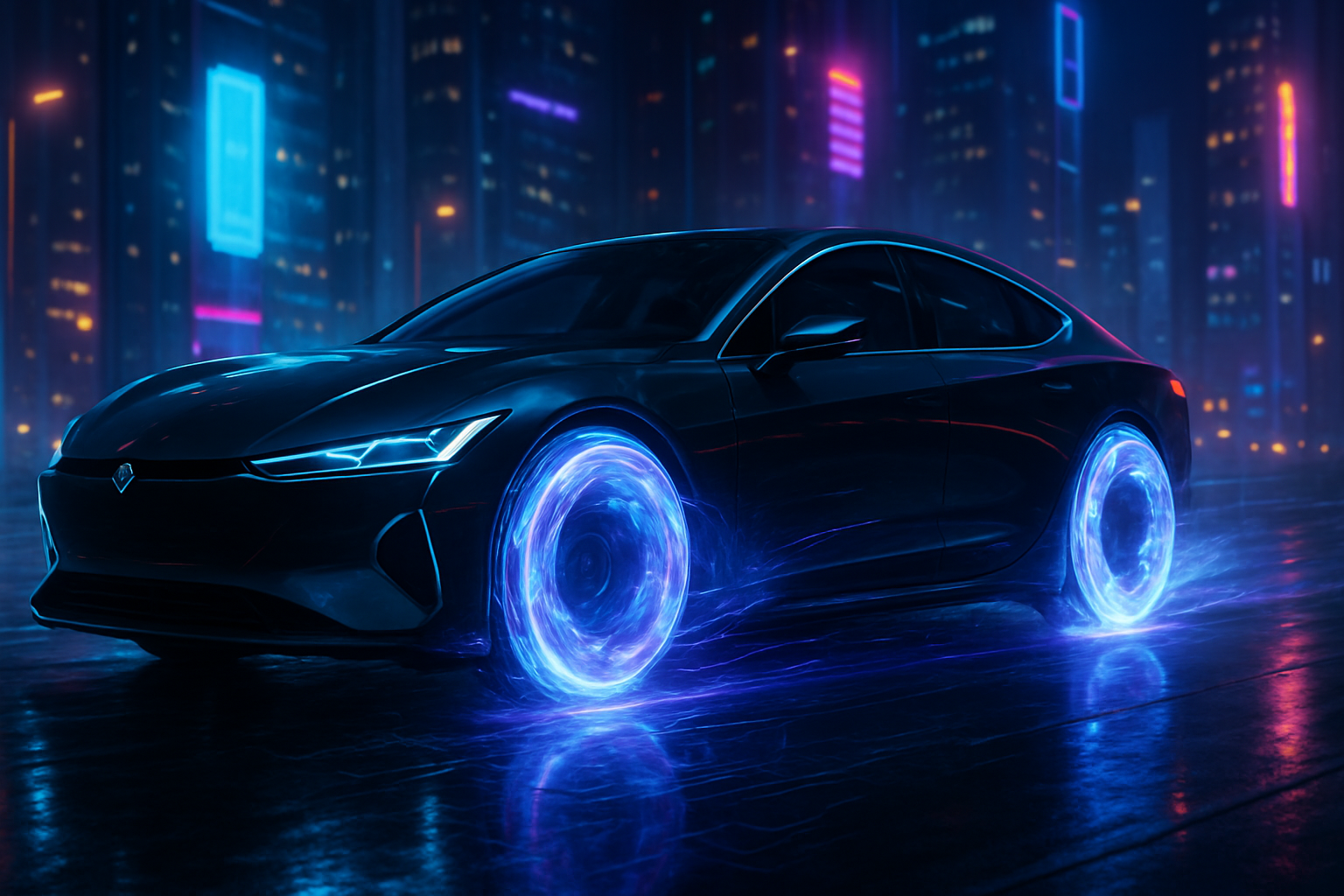The auto industry has been through revolutions before — the combustion engine, the rise of electric vehicles, and the slow but steady march toward autonomy. But now, there’s a new term quietly revving up conversations among engineers, innovators, and trend-watchers: “quantum wheels.”
No, it’s not about a new alloy or rim design. This is about fusing quantum computing — one of the most advanced technologies in existence — with the world of mobility. It’s about designing cars faster, making them more efficient, and rethinking how we move altogether.
What Does “Quantum Wheels” Actually Mean?
In simple terms, “quantum wheels” describes the application of quantum computing to the automotive sector. Traditional computers, even supercomputers, process data in bits — ones and zeros. Quantum computers, on the other hand, use qubits, which can represent multiple states at once. This means they can run simulations and solve problems so complex that they’d take classical computers thousands of years to crack.
For automakers, this power is game-changing. It can:
- Design lighter, safer components by running millions of stress tests virtually.
- Invent new battery chemistries for longer EV range and faster charging.
- Optimize entire traffic systems so cities flow more smoothly.
Think of it as replacing slow trial-and-error engineering with instant, hyper-accurate simulation.
Why the Hype Is So Real Right Now
The buzz around quantum wheels isn’t just hype for hype’s sake. Over the past two years, some of the biggest names in the automotive industry have announced serious investments and collaborations in quantum research. Here’s why:
- Next-Level Simulations – BMW’s partnership with French quantum leader Pasqal has shown they can simulate how car parts deform under stress 30 times faster than before. That means less prototyping, less waste, and better performance right from the design phase.
- Battery Breakthroughs – Automakers like Ford, Toyota, and Volkswagen are teaming up with quantum computing companies to design batteries with higher energy density, longer lifespans, and significantly reduced charging times. In the EV era, this is the holy grail.
- Smarter Traffic Flow – Cities are beginning to test quantum-powered algorithms that can predict and prevent traffic jams before they happen. The result? Less time stuck in your car, lower emissions, and happier commuters.
Automakers Already Going Quantum
The shift toward quantum wheels is more than theory — it’s happening now.
- BMW + Pasqal – Their joint project focuses on metal forming simulation, which can save thousands of hours in production planning and reduce the environmental footprint of manufacturing.
- Ford & Quantinuum / Toyota & QunaSys – By simulating chemical reactions at the quantum level, they’re accelerating EV battery research that could extend range to 800+ km on a single charge.
- Urban Mobility Experiments – Researchers are exploring how quantum tech can optimize public transport schedules, parking availability, and emergency vehicle routing in real time.
What This Means for Everyday Drivers
For the average person, “quantum wheels” might sound far-off. But the ripple effects could be huge:
- Cheaper Cars – Faster design and manufacturing efficiency can lower production costs.
- Better Performance – Materials can be engineered for strength without adding weight.
- Longer EV Range – Batteries designed in quantum simulations could deliver double today’s range with half the charging time.
- Less Traffic Stress – Cities could finally get a grip on congestion with predictive quantum-powered systems.
Why This Matters for Brands and Creators
For automakers, embracing quantum isn’t just about tech — it’s about branding. Talking about “quantum wheels” signals that you’re forward-thinking, sustainability-conscious, and ready for the next decade of mobility.
For content creators, designers, and marketers, the visual aesthetic of quantum innovation — sleek, futuristic, and data-driven — offers endless storytelling opportunities. Whether it’s a campaign showcasing “cars designed by algorithms” or an interactive AR experience, the marketing potential is huge.
The Reality Check
Before we all start imagining quantum-powered hovercars, it’s worth noting:
- The tech is still young — most projects are experimental and limited to narrow applications.
- Hardware is a bottleneck — quantum computers still require highly controlled environments.
- Mass adoption will take time — experts suggest 5–10 years before we see widespread automotive integration.
That said, progress is happening fast. As Google recently predicted, commercial quantum computing applications could become mainstream within five years — meaning we might see the first wave of true quantum-designed vehicles before 2030.
Final Word: The Future Is Rolling In
Quantum wheels are no longer science fiction. They’re already shaping how cars are built, powered, and even how our cities might run. From BMW’s metal simulations to Ford’s quantum battery research, this is one innovation curve the industry isn’t just watching — it’s driving.
For the rest of us, it’s worth paying attention. The next time you see a sleek, hyper-efficient car cruising by, don’t just admire the paint job — there’s a good chance quantum computing helped put those wheels on the road.












